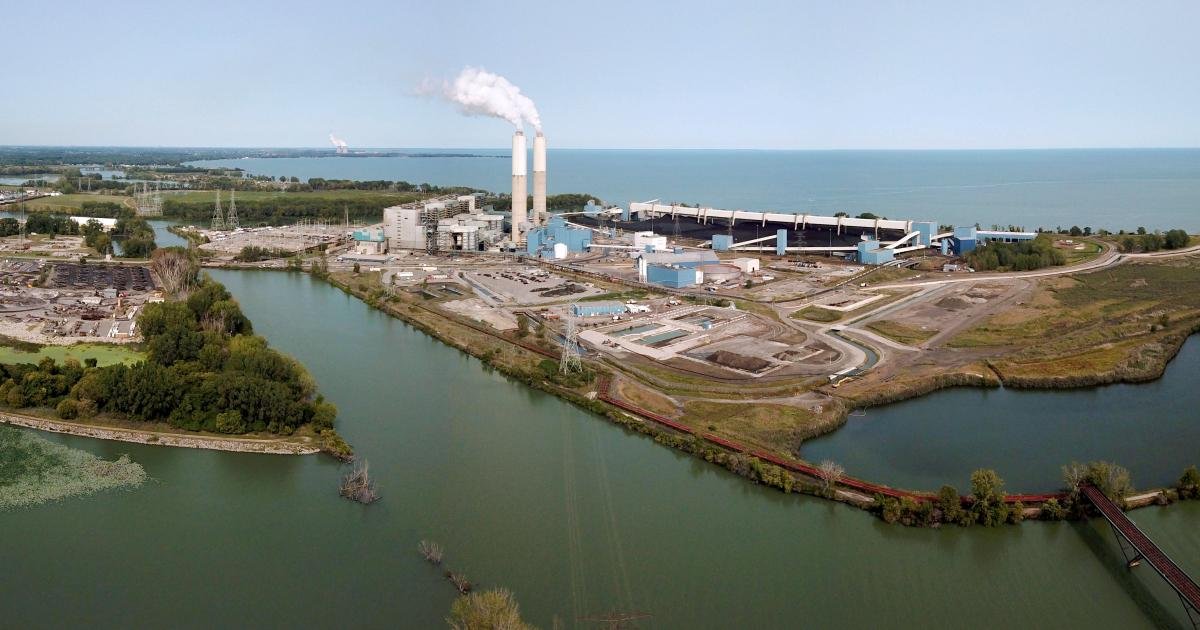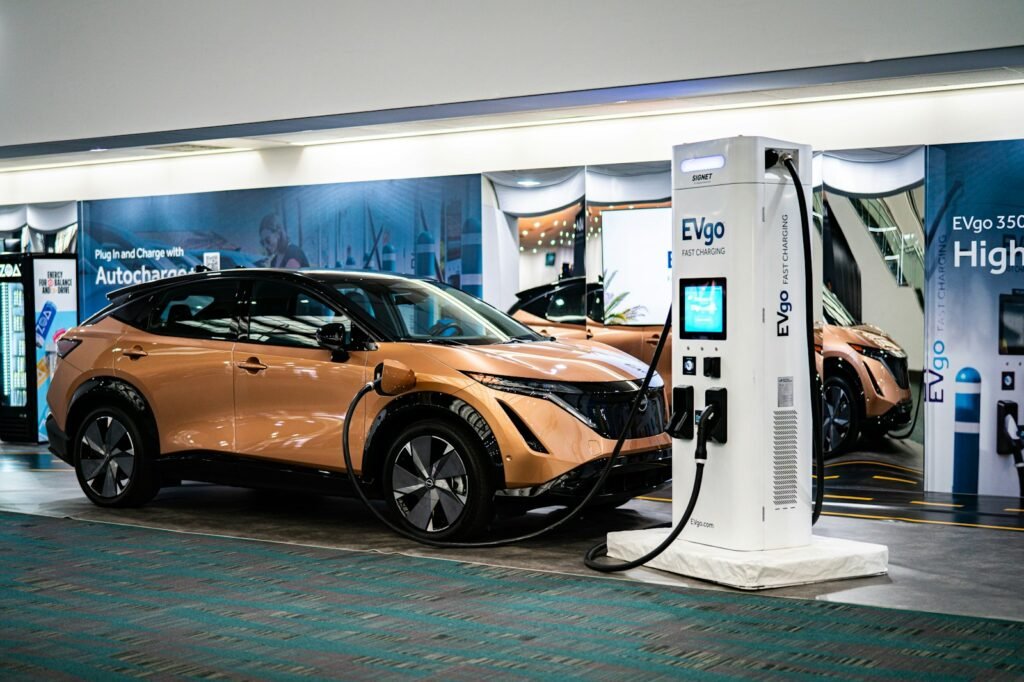From NRDC
Why the EPA Power Plant Rules Are So Important
The EPA’s standards build upon the already expected changes in the power sector. They are a crucial backstop to ensure the power sector delivers the carbon reductions that are possible cost-effectively. Without these standards the steep reductions in power sector carbon pollution that are expected are not guaranteed. The Inflation Reduction Act is primarily incentive-based. If there is slower uptake than models project is economic—say for political or specific corporate financial reasons—emissions will not be reduced as much as predicted. The EPA standards will ensure that utilities pursue the clean energy investments that are best for Americans’ wallets, health, and our climate. In this way, the EPA’s standards will work together with the congressionally passed IRA incentives to ensure that we get a cleaner grid and consumers get cheaper, greener power sources.
Modeling by diverse organizations has consistently showed with the IRA’s incentives these rules can be met at little or no cost to consumers, with studies finding these rules could deliver overall economic savings, and at most would cost $11 billion over 15 years.
And this does not include the public health, climate, and other social benefits from reducing climate-damaging and health-harming pollution due to these rules. These rules will deliver significant health benefits, cutting down on asthma attacks and heart disease—and that will provide significant economic benefit to the nation, as well. The IRA is also projected to have the biggest impact over the next decade, but then as incentives phase down, emissions are expected to plateau. These standards will ensure we stay on the path to long-term grid decarbonization, which is key to achieving a net-zero economy by 2050.





